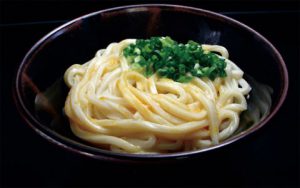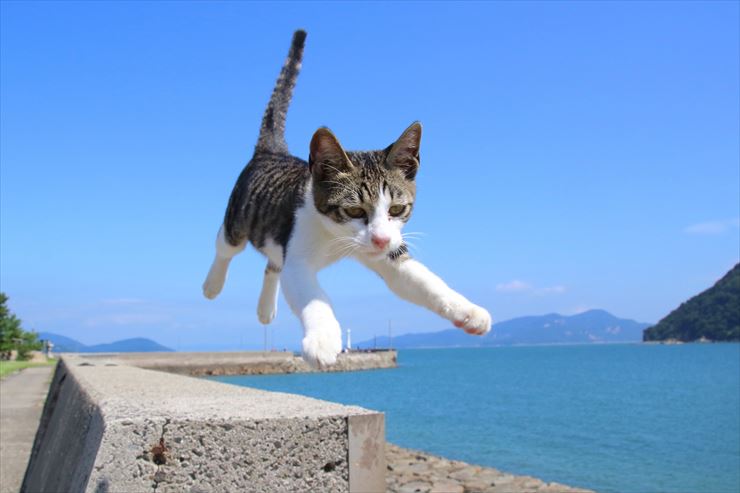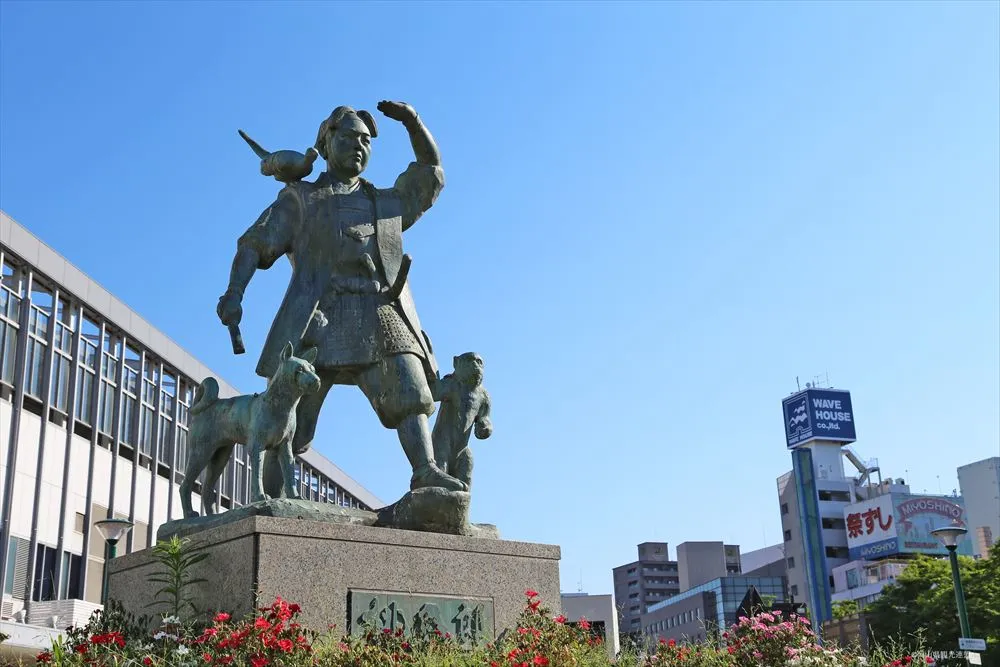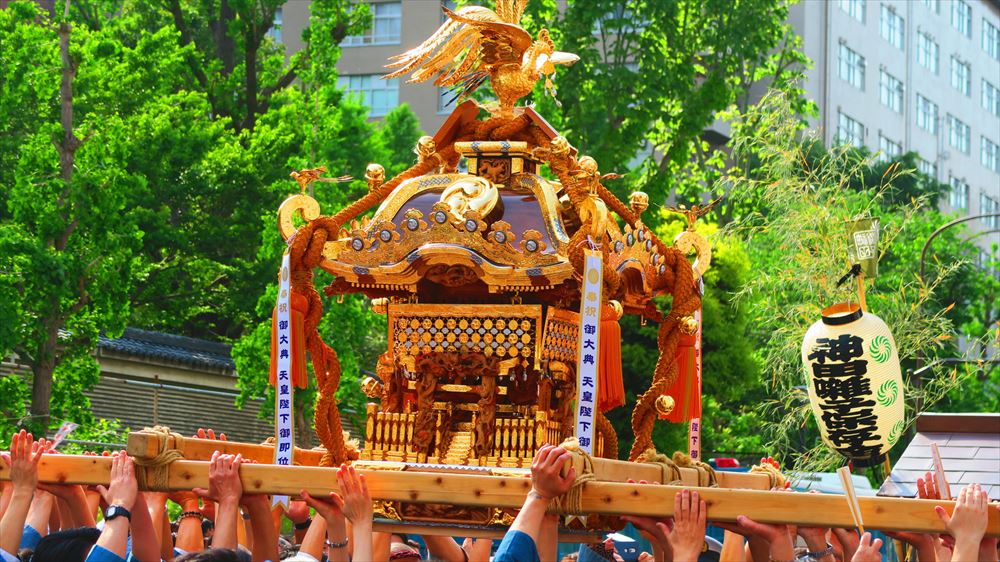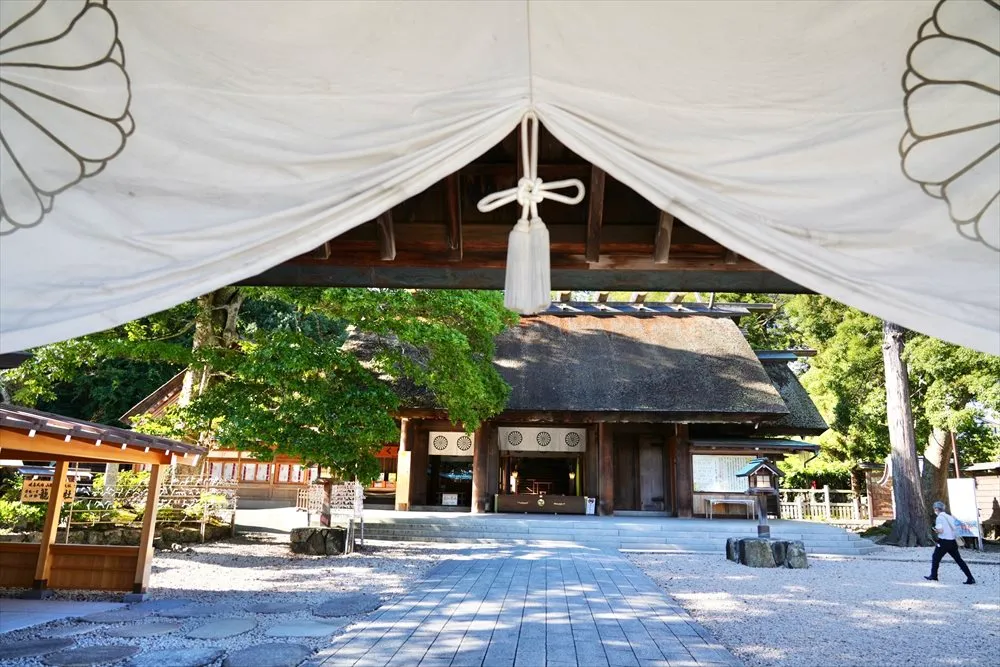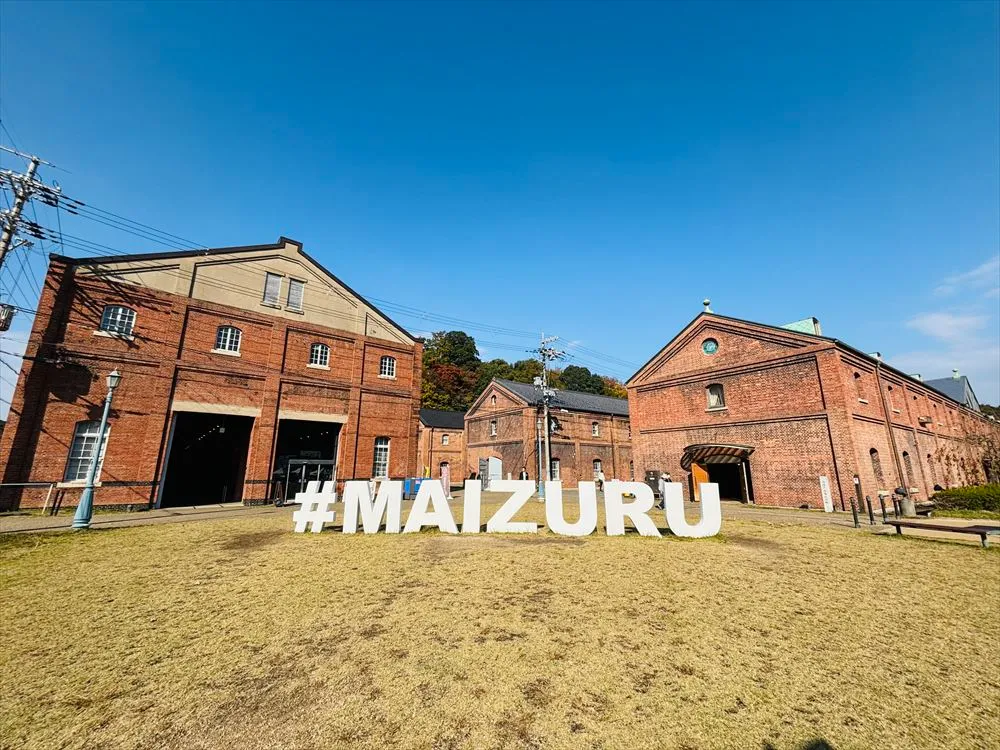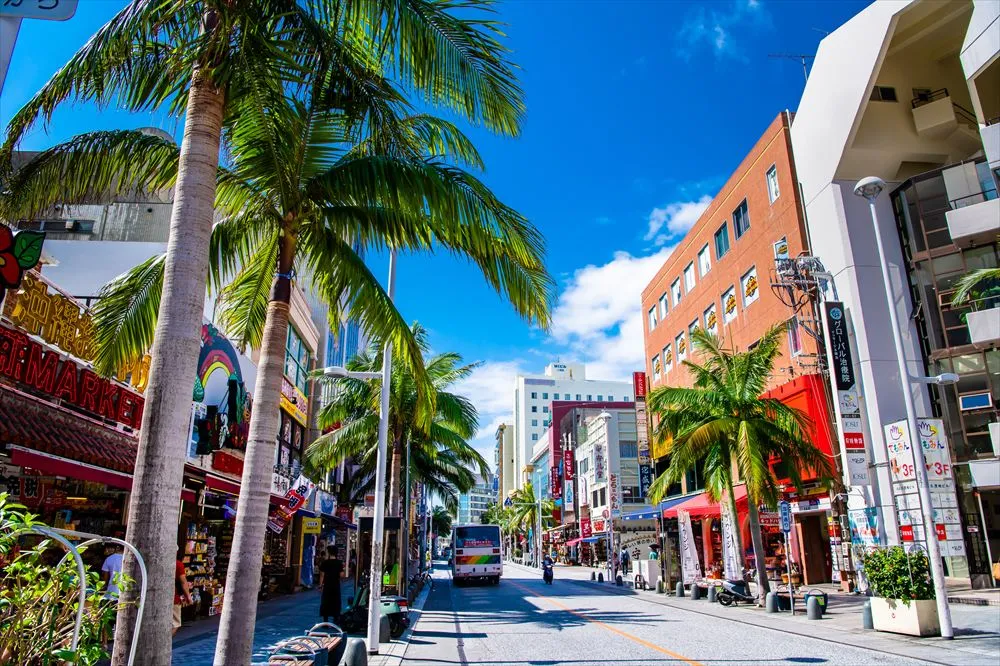Blessed with nice warm weather and abundant nature, Setouchi naturally has a wonderful variety of food ingredients, leading to the development of the food culture unique to the area. Part of the great food culture of Setouchi is local sake, which is produced at various places in the region. Through a tour of the whole area of Setouchi, savor unique local dishes nurtured by its unique food culture along with local sake that perfectly matches with the dishes to satisfy your stomach and soul.
Enjoy Local Sake and Delicious Dishes in Setouchi!
Kobe City
Kobe, one of the biggest sake producing regions in Japan, also serves as a great source of food, including Kobe Beef.

Although Kobe is a big city, the area is endowed with nature, with the ocean and mountains nearby. From the opening of Kobe Port about 150 years ago, Kobe developed as an international city through incorporation of various foreign cultures and attracts visitors with its variety of food cultures, including not only the world famous “Kobe Beef,” but also sake, western confectioneries, and its Chinatown. 
Only beef cattle that have passed a rigorous screening can be branded as “Kobe Beef.” 
“Nada-gogo,” the biggest sake producing region in Japan. In this area, sake is produced with high-quality sake rice and high-quality water that flows off of Mount Rokko. Some breweries offer a brewery tour and/or tasting free of charge. 
In Kobe, with Western culture elements rooted in its society for a long time, sweets have developed in a unique way, and “Kobe Sweets” entice many people with a sweet tooth. 
“Soba-meshi,” Kobe’s local dish in which yakisoba noodles and rice are cooked on an iron plate.
Kurashiki City
Although not so widely known, Kurashiki is another sake region. A glass of sake in Kurashiki, a city with beautiful white walls.


Kurashiki, with attractive and nostalgic old buildings remaining along some streets, is known as a big fruit producing region, growing fruits such as Muscat grapes and white peaches. It is also a sake producing region, offering great sake made with a combination of delicious rice, pure water, and unsurpassed skills of toji sake brewers. 
Recently, in Kurashiki, where sake has been made since ancient times, wine-making also has become popular, producing a popular wine made with Muscat of Alexandria, which is called the “Queen of Grapes.”
Kotohira City
The popular “Konpira-san” Shrine (Kotohira-gu Shrine), depicted in ukiyo-e.

Kotohira prospered as the town around Kotohira-gu Shrine, which is referenced in the famous old phrase “Everyone must visit Konpira-san at least once in a lifetime.” The area has long been producing sake, which serves as o-mikizake (sacred sake) offered to the gods of Shinto. The area is also famous as an onsen town. Some onsen ryokan hotels in the area serve Sanuki-udon noodles, one of the local specialties, and o-mikizake. 
Kinryo no Sato Sake Museum
Utilizing an old restored sake brewery facing the front approach to Kotohira-gu Shrine, this museum introduces traditional ways of sake-making.

Sanuki-udon Noodles
At some facilities, you can not only enjoy eating the noodles but also enjoy making them yourself.
Naruto City
Rich in food that is nurtured by the tidal current of Naruto Strait, one of the three biggest tidal currents in the world, and abundant nature.

Located at the eastern part of Shikoku island, Naruto City serves as the gateway connecting the main island and Shikoku. The town is filled with attractive aspects of history and culture, and also wonderful nature, such as the tidal current of Naruto Strait, Ryozen-ji Temple, which is Temple 1 of the Shikoku 88 Temple Pilgrimage, indigo dyeing, and Awa-odori dance. There are also great dishes unique to Naruto, blessed with abundant nature. 
Tidal current of Naruto
“Uzushio,” a tidal current generated by tidal variation, reaches a peak as large as 20 meters in diameter during tides in spring and autumn, which is said to be biggest in the world. You can look down at the powerful tidal current directly above from the walking path under the beam of Onaruto Bridge or experience the whirling current close-up from a ferry.

Naruto-tai (red sea bream)
Breeding in the rapid stream of Naruto Strait, Naruto-tai is characterized by its rubbery, tight flesh. The ones rich in fat before spawning in spring are called “Sakura-dai,” and are much liked by fish-eaters.

Naruto Wakame Seaweed
Naruto wakame grown in Naruto Strait is great in color, aroma, and texture! A shabu-shabu dish of freshly-harvested wakame, which is only available at its producing area, is simple but exquisite! The season is February and March.

